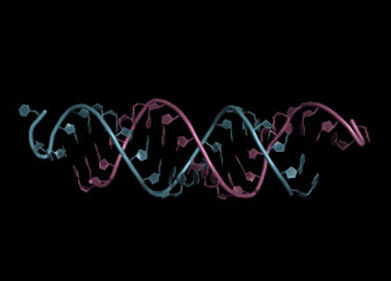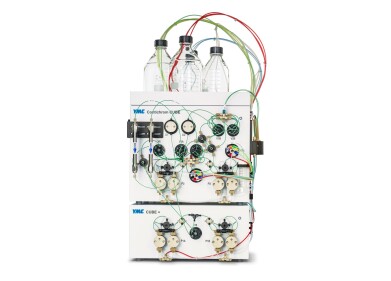Liquid Chromatography
Flavouring Plant Proteins — Chromatography Explores
Sep 28 2017
As we become more aware of our diet we are making changes to our diet. Recent surveys suggest that vegetarian and vegan type diets are increasing as we consume less meat. But besides the lifestyle choices we make regarding our food — one key factor is taste. And if it doesn’t taste nice it can be a hard sell to picky consumers — never mind fussy eight-year-olds.
Changing diets
Studies in the UK suggest that meat sales are decreasing. Some of the loss could be because we are eating less — but the evidence also suggests that more of us are becoming vegetarians and vegans. The spending on chilled vegetarian foods has increased year-on-year for the last eight years — and the Vegetarian Society’s surveys show that more of us are cutting back on meat and considering the environmental impact of their diet. One consequence of reduced meat eating is that we are eating more plants — and getting more of the protein we need from plants.
Essential amino acids
The body can make some of the amino acids it needs — these are the non-essential amino acids. But we need to get the other amino acids — the essential amino acids — from our diet. Whilst meat and animal products contain all the essential amino acids we need to make the protein we need for a healthy life — vegetables do not.
Some non-meat foodstuffs do contain all the essential amino acids — foods like quinoa, hemp and chia seeds and soybeans. But some plants contain an incomplete set of essential amino acids — including vegetables, grains, beans and nuts. To complete the list of essential amino acids it is recommended that vegans combine certain plant-based foods to ensure a healthy diet. But how do food companies make plant based proteins taste yummy?
Flavour profiles
The answer is to use chromatography to analyse the flavour profiles of the foods. Typically, a food flavour company will use gas chromatography – mass spectrometry to separate and identify the different components in a sample. Of course, chromatography has long been associated with studying amino acids as discussed in the article, Enhanced Peptide Identification Using Capillary UHPLC and Orbitrap Mass Spectrometry.
But which molecules are the flavour molecules? This is where humans come in as the samples are run through a gas chromatography-olfactometry set-up. This allows a trained analyst to identify which component gives which flavour. Once the scientists have determined the flavour profile of the protein they can begin to build up the required flavour for the end-product, for example a protein drink.
We all know that some foods go well together — and food companies have to find what flavours work with plant proteins as the market increases. Flavours companies will develop these flavours based on the profile of the base protein — adding other compounds to generate that vanilla flavour. Change the protein base and the flavour profile changes — and different compounds would be needed to get your vanilla protein shake.
Have you changed your diet?
Digital Edition
Chromatography Today - Buyers' Guide 2022
October 2023
In This Edition Modern & Practical Applications - Accelerating ADC Development with Mass Spectrometry - Implementing High-Resolution Ion Mobility into Peptide Mapping Workflows Chromatogr...
View all digital editions
Events
Jan 20 2025 Amsterdam, Netherlands
Feb 03 2025 Dubai, UAE
Feb 05 2025 Guangzhou, China
Mar 01 2025 Boston, MA, USA
Mar 04 2025 Berlin, Germany












